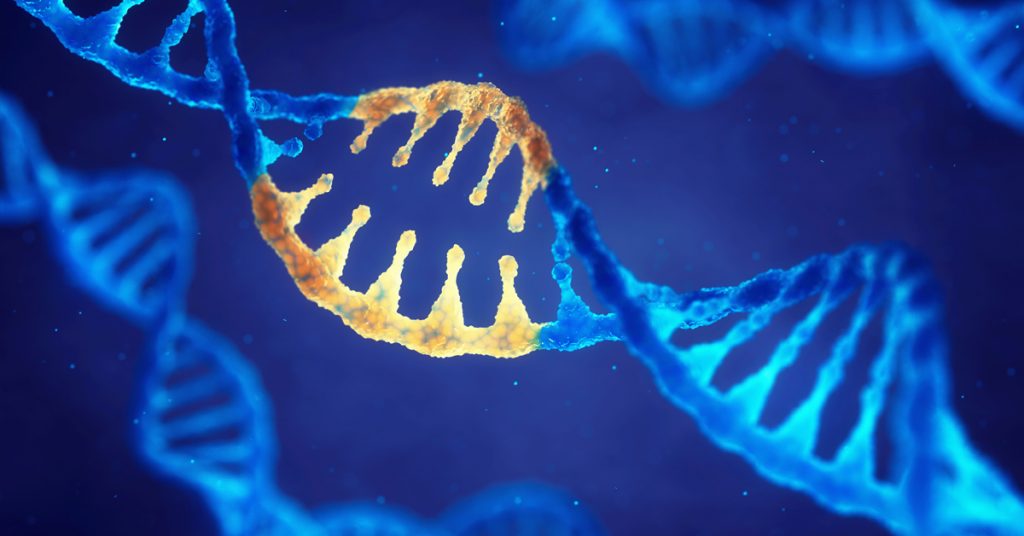- Research
-
YOU ARE
- Community member
- Future Student
- Student
- Professor
- Alumni
- Media
- Guidance counsellors
- INRS retiree
- Contact Us
- Newsroom
- Careers
- FR
-
Studies
We teach the next generation of researchers to develop scientific, social, and technological innovations.
-
Research
We find solutions through interdisciplinary research and industry or public and community partnerships.
-
INRS
We play an active role in Québec's economic, social, and cultural development.
INRS team identifies a drug that could help alleviate certain neurological symptoms in zebrafish genetically designed to help understand a rare genetic disease.

CHARGE syndrome is a rare genetic disorder affecting about 1 in 10,000 newborns. It can lead to neurological and behavioural disorders for which no treatment is currently available. Dr. Kessen Patten and his team, from the Institut national de la recherche scientifique (INRS) have just discovered a compound that could alleviate these symptoms. The results of their research were published in the journal EMBO Reports.
Understanding Neurological Disorders
First described in 1979, CHARGE syndrome is caused by mutations in the CHD7 gene and is associated with neurodevelopmental disorders such as intellectual disability, attention deficit disorder with or without hyperactivity, seizures and autism spectrum disorder. Dr. Patten’s research team studied the neurological symptoms of this syndrome, which are still poorly understood.
The team developed a genetic model of zebrafish with loss of function of the CHD7 gene similar to that observed in humans. They found that the CHD7 gene regulated the type of GABAergic neurons that are essential for proper brain function.
“The loss of function of CHD7 appears to cause developmental and functional abnormalities in GABAergic neurons in the zebrafish brain that are related to the observed neurological and behavioural disorders.”
Kessen Patten, specialist in genetics and neurodegenerative diseases
The team also identified molecular events controlled by the CHD7 gene to explain these neurological symptoms in their genetic model. Similar findings were made using cells from patients with the disease.
Finding a Drug
The research team tested hundreds of compounds already approved for clinical use by the U.S. Food and Drug Administration. Drug screening was used to identify potential candidates for treatment—ephedrine was selected as the most therapeutic compound.
“We observed therapeutic effects on both, the neurological and behavioural symptoms. It allowed the diseased zebrafish model to partially recover its normal functions.”
PhD student Priyanka Jamadagni, lead author of the article
This research opens the door to new avenues for the treatment of other neurological disorders with similar neuronal imbalances, such as autism spectrum disorder and hyperactivity.
About the study
The article “Chromatin remodeler CHD7 is required for GABAergic neuron development by
promoting PAQR3 expression,” by Priyanka Jamadagni, Maximilian Breuer, Kathrin Schmeisser, Tatiana Cardinal, Betelhem Kassa, J Alex Parker, Nicolas Pilon, Eric Samarut, and Shunmoogum A. Patten, was published in the journal EMBO Reports. Led by Dr. Patten, the study was conducted with the help of collaborators from the CHUM Research Centre and Université de Québec à Montréal (UQAM). The study received financial support from the CHARGE Syndrome Foundation, the Canada Foundation for Innovation (CFI), the Natural Sciences and Engineering Research Council of Canada (NSERC), and the Rare Disease Foundation. The lead author holds a doctoral scholarship from the Center of Excellence in Research on Orphan Diseases – Courtois Foundation (CERMO-FC) and a scholarship from the Armand-Frappier Foundation.
You may also like

April 28, 2021
Biodegradation of short-chain PFAS

April 28, 2021
PhD Project in Bioorganometallic ChemistryShare
